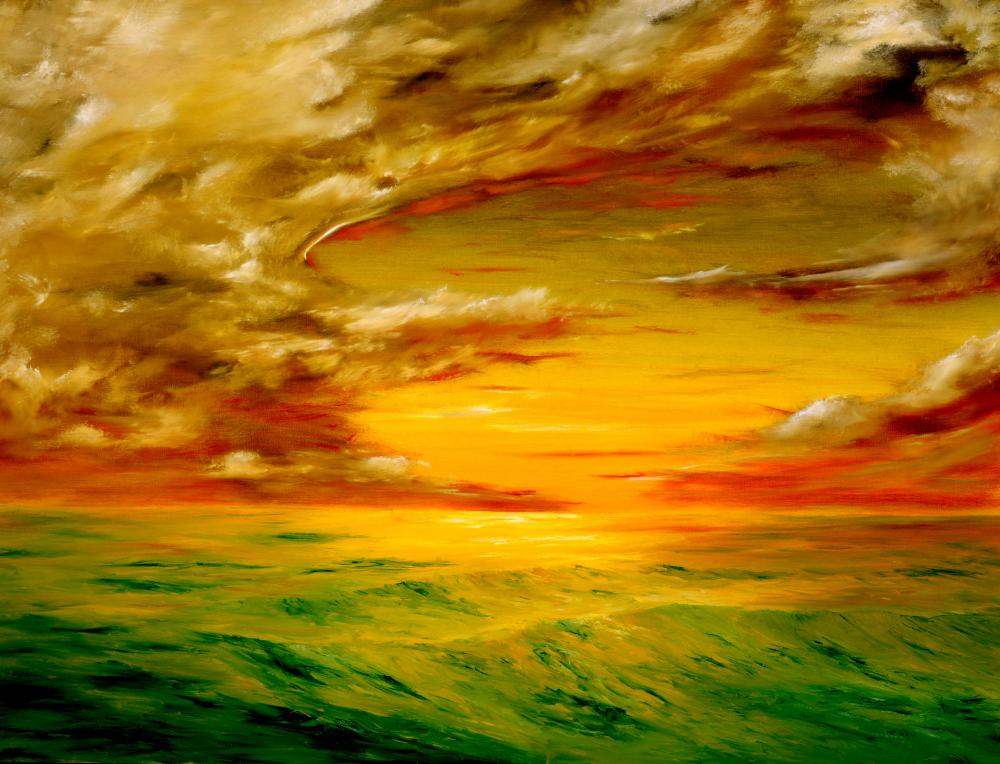At WiseGEEK, we're committed to delivering accurate, trustworthy information. Our expert-authored content is rigorously fact-checked and sourced from credible authorities. Discover how we uphold the highest standards in providing you with reliable knowledge.
What Is the National Gallery, London?
The National Gallery, a free art museum in London, offers guests the opportunity to see a wide variety of Western European artworks that span seven centuries, crafted by master painters from the 1200s to the 1800s. The gallery features 2,300 pieces, including paintings by Vincent van Gogh, Sandro Botticelli, Thomas Gainsborough, Rembrandt van Rijn, Peter Paul Rubens, Hans Holbein, Claude Monet, Georges Seurat, Paul Cezanne, Pierre-Auguste Renoir, Paul Gauguin and Leonardo da Vinci. The collection covers major eras of European art, including French Impressionism and the Italian Renaissance.
The gallery’s collection began with collections amassed by two men, John Julius Angerstein, a banker, and Sir George Beaumont, a painter. Sir George Beaumont’s gift was made with the provision that the paintings receive proper care and a home in which to show them. All the paintings were housed in Pall Mall at John Julius Angerstein’s home in 1826, and 12 years later they were displayed in Trafalgar Square at the newly constructed National Gallery. The need for a new art gallery came about because the banker’s house was criticized as being unsuitable because of its small size. It wasn’t a small house, but it was too small for the nation's art gallery.

The National Gallery inhabits the site formerly occupied by the Royal mews, also known as the King’s mews, a grand stable for the royal horses. The decision to situate the new building in Trafalgar Square, plus the gallery’s decision to not charge for admittance, ensured the National Gallery would achieve its goal of access for all. The rich could reach Trafalgar Square by carriage, and the city’s underclass could walk to its doors in the heart of London. The National Gallery has always had a second goal of education, and students are encouraged to study and copy the masterpieces in the collection.

Sculptures and mosaics are also featured at the National Gallery. Three mosaics by Boris Anrep are in the main hall and at the portico entry. Underfoot in the main hall’s entryway is a mosaic of the mythological muses. Boris Anrep worked on the mosaics from 1928 to 1952, and throughout the colorful creations he included the likenesses of famous people of the day, including Greta Garbo, Winston Churchill and Virginia Woolf.
During World War II when Germany bombed London, the National Gallery crafted a plan to spirit away some of the artwork for safety reasons. Paintings were sent off to various locations in Wales, including Caernarvon Castle, the National Library of Wales, and the University of North Wales. Some paintings also were hidden in Gloucestershire. As the war grew worse, worries for the hidden artwork increased. A plan to send them to Canada was scrapped, with Winston Churchill deciding on a better hideout — caves and quarries, with specially built protections accompanying them.
AS FEATURED ON:
AS FEATURED ON:












Discuss this Article
Post your comments